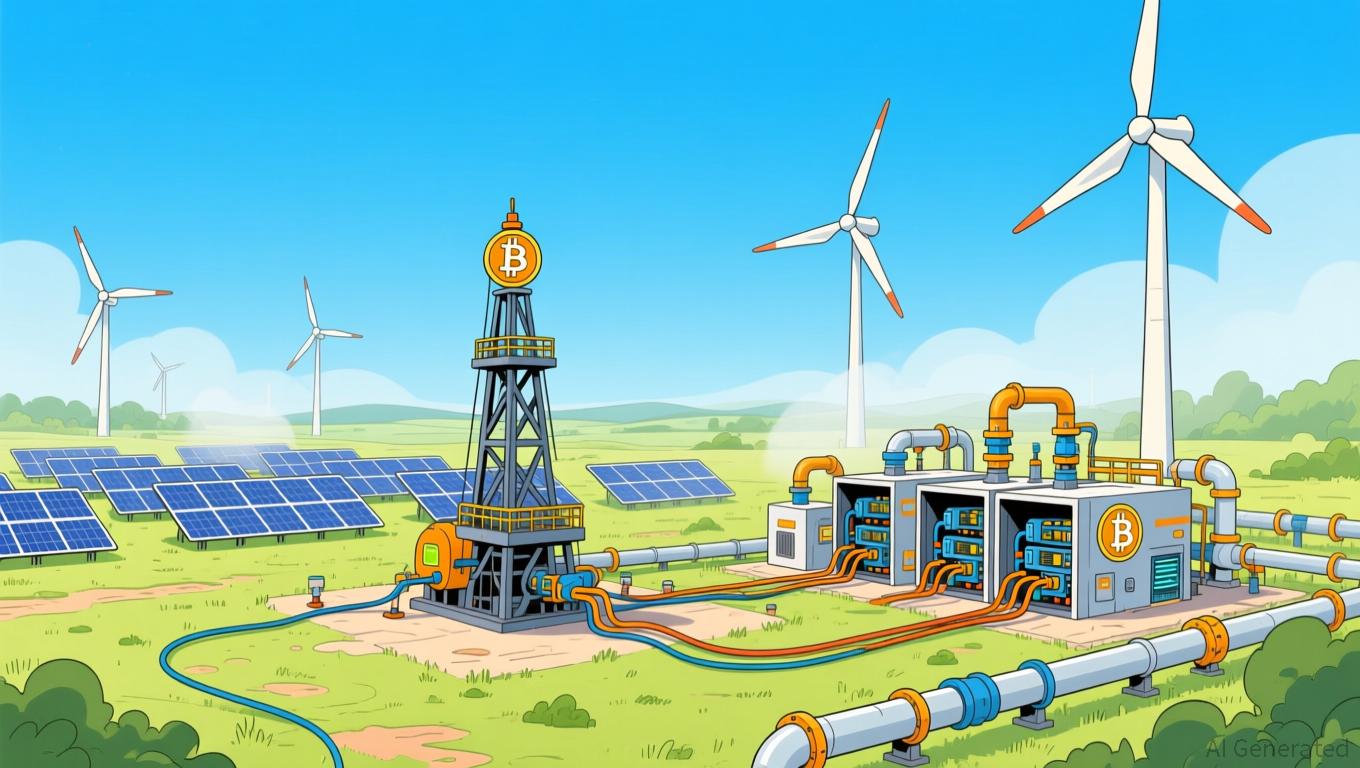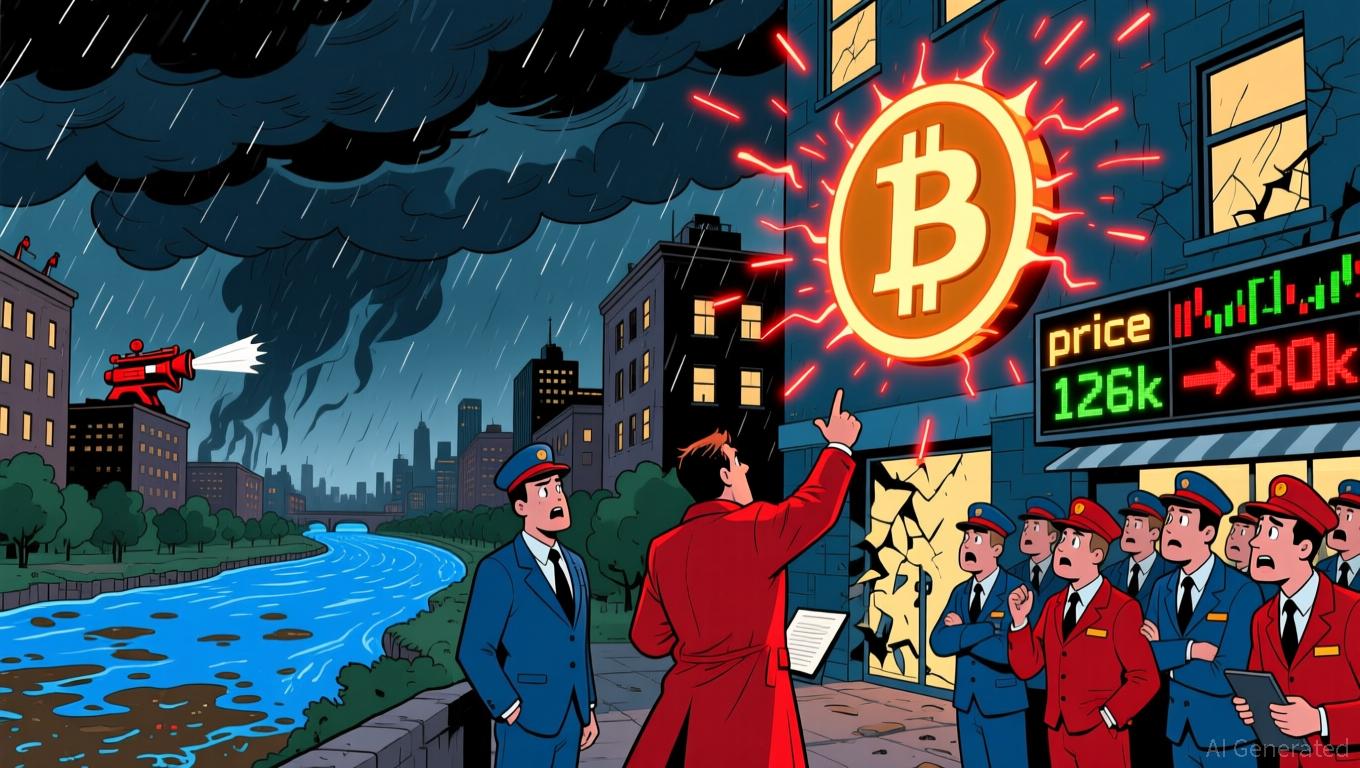- Dogecoin spent nearly a year forming a Wyckoff Accumulation structure with each phase unfolding in sequence after the 2024 peak.
- The chart identifies the recent low as the Spring in Phase C, marking the final downside move inside the range.
- Phase D now targets a move back toward the top boundary of the range before possible progression to Phase E.
Dogecoin continues to trade within a large Wyckoff Accumulation structure that began after its 2024 price peak. Since that high, the market has spent nearly a year forming a broad consolidation range with defined and repeatable phases. The structure shows steady downward movement through the early stages, with price eventually reaching the lowest point of the formation in the area marked as the “Spring” during Phase C on the chart.
The action aligns with traditional Wyckoff accumulation theory, where the Spring often signals the final downside event before a shift to higher levels. This development has brought renewed attention to the chart, as each successive phase appears to be unfolding in sequence and maintaining a tight horizontal range over multiple months. Currently, the price was trading at $0.1444 with a 5.5% price increase.
Dogecoin Completes Wyckoff Spring After Months of Range-Bound Compression
Phase A began shortly after the 2024 peak and introduced the first major decline into the lower boundary. This stage established the key range that would later guide activity across several months. Notably, Phase B showed the largest sideways price swings inside that range, with the market repeatedly testing both support and resistance.
These swings defined the range with strong monthly movement while maintaining clear technical boundaries. However, momentum then shifted again as price entered Phase C, ultimately driving Dogecoin to its lowest point of the structure. That move created the Spring, a traditional feature of Wyckoff theory, where sellers exhaust downward pressure before conditions change.
Price Poised for a Wyckoff Phase D Expansion as Momentum Builds Toward an Accumulation Breakout
With the Spring appearing completed, the next movement is Phase D, which aims toward the upper resistance of the horizontal range. This phase traditionally measures how strongly price responds after the final downside test. Furthermore, traders typically observe whether buying activity increases during this approach, although the chart alone shows that the primary target is the top of the established range. Continued strength would maintain the Wyckoff structure and keep the price moving within the established formation. If the model completes as designed, Phase E would follow, taking the price above the accumulation boundaries. This stage completes the structural sequence and marks the exit from the year-long horizontal zone.




